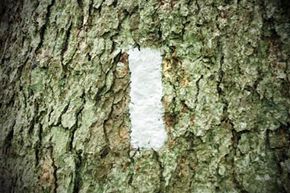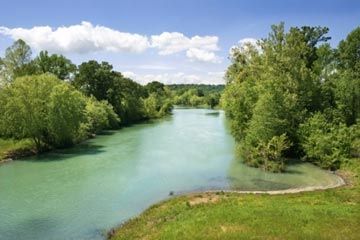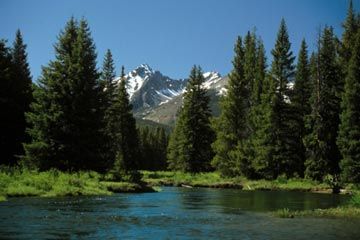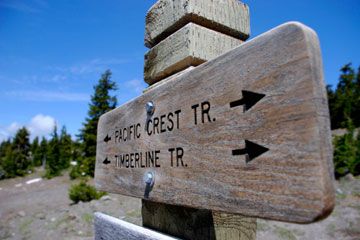You may have heard the word "trailblazer" used in reference to folks like Galileo, Nikola Tesla or Pablo Picasso -- folks who forged beyond the common knowledge of their times to discover something new. But do you know where that idiom came from?
While those of us who don't venture into the backcountry on a regular basis may know the term best in its figurative sense, in the wilderness, a blaze is a type of marking that establishes a trail for other hikers [source: Martin]. While Tesla and Picasso were intellectual and artistic trailblazers, these outdoor adventurers blaze their trails literally as well.
Advertisement
No matter what form trail markings take, their ultimate goal is to communicate two basic pieces of information: where a hiker is currently, and where he needs to go next. On most trails, blazes appear on both sides of the path, indicating that the trail is usable in both directions. This may seem intuitive, but some trails simply can't be taken backward and forward: Hunters often use blind or one-way trails that can be dangerous for the casual hiker [source: Seton]. If you're on a trail with carved markings, it's even more important to note these double signs: Animals often leave claw marks on trees that can look suspiciously like legitimate trail markers [source: Harlin]. So if you see what looks like a sign that's only on one side of a tree, you might want to take a second look before following the marking into a suspicious-looking swamp. (We'll explore those further on the next page.)
So what does that painted line on the tree mean, and are those three tufts of grass actually telling you to turn left? Read on to find out what trail markings actually mean.
Advertisement




